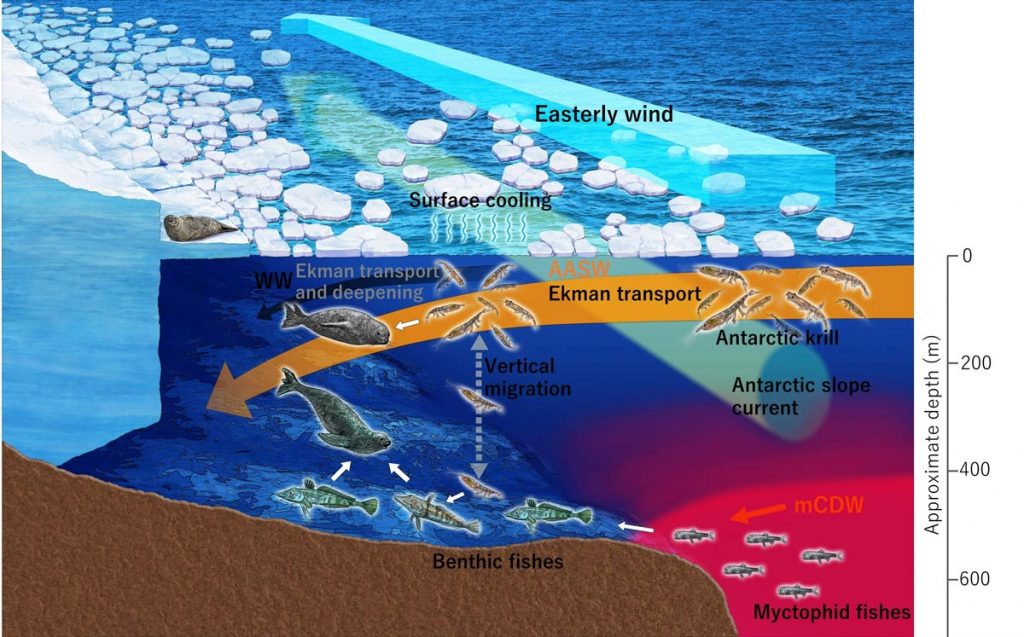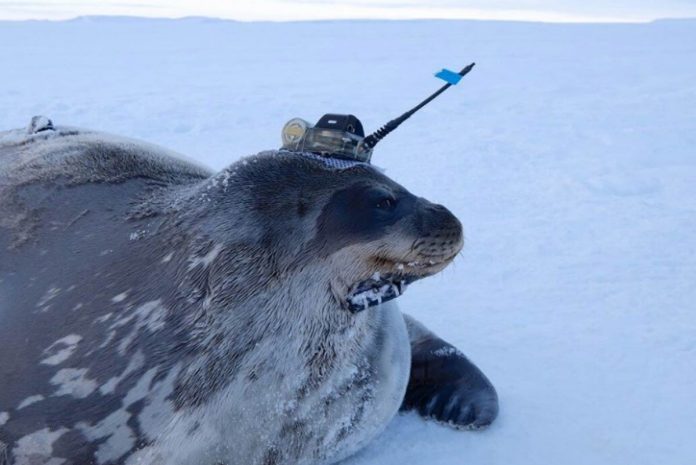Scientists are facing difficulty in investigating by ship in Antarctic shelf areas as ice is attached to the shore. A team of researchers have tried to replace these boat-based studies with sensors attached to seals. This method also has less trouble in navigating through such water. The new study describes the animal-born investigation technique. The research paper has been published in the journal Limnology and Oceanography.
The shelves of Antarctica are one of the most biologically productive area existing in the world. A large amount of nutrients is also generated by interactions between ocean and ice shelf in this region. Strong katabatic wind enriches sea ice production in the coastal polynyas. This is an area of open, unfrozen seawater surrounded by sea ice in East Antarctica. Extensive sea ice is attached to the shore and a lot of predators such as Weddell seals and emperor penguins stay over there.
These ocean, sea-ice and ice-shelf water exchanges. Particularly those between deep warm waters and coastal polynyas. This plays important role in the biological production in the continental shelf areas.
As a result of the substantial seasonal and regional variation of water, more data is needed to describe how both surface and deep waters intrude onto the shelf. It mixes with local waters and it is necessary to understand the biological production here.

There are difficulties in conducting oceanographic observations by ship in continental shelf areas as it is covered by landfast ice. These cross-shelf water exchanges and their seasonal variations are unknown to scientists.
Right now, researchers are deploying oceanographic data by logging equipment to marine animals. These equipment records conductivity, temperature and depth. CTD data are essential to determine the water’s characteristics. It allows scientists to understand the origin of water.
Researchers have arranged a field study and explored the wintertime oceanographic conditions.

